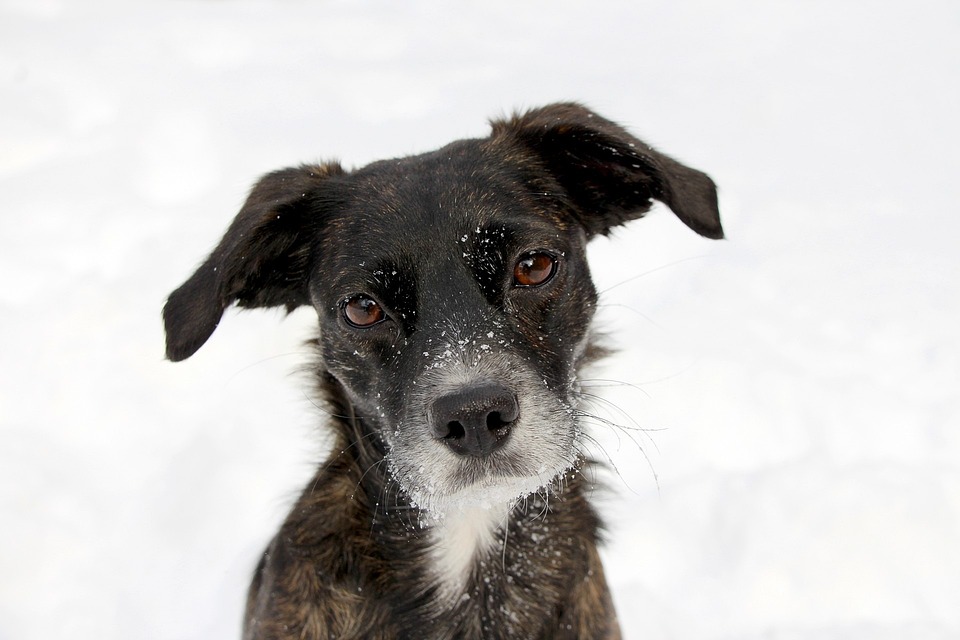Brachycephalic breeds, such as Bulldogs, Pugs, and French Bulldogs, are known for their unique physical features, including their shortened snouts and wrinkled skin. While these characteristics make them adorable and endearing, they also contribute to a higher risk of skin issues. Proper skin care is crucial for these breeds to ensure their overall health and well-being.
Understanding Brachycephalic Breeds:
Brachycephalic breeds are characterized by their short, wide skulls and compressed facial structures. These breeds have a shorter nasal passage, which can lead to breathing difficulties and increased moisture retention on their skin. This combination of factors makes them more prone to skin issues.
Examples of brachycephalic dogs include the English Bulldog, Boston Terrier, Boxer, and Shih Tzu. These breeds are popular due to their charming personalities and loyal nature. However, potential owners should be aware of the increased likelihood of skin problems that come with these breeds.
Common Skin Issues in Brachycephalic Breeds:
A. Fold Dermatitis:
Fold dermatitis, also known as skin fold pyoderma, is a common skin issue in brachycephalic breeds. It occurs when the skin folds or wrinkles become moist and irritated, leading to bacterial or fungal infections. Typical areas affected include the facial folds, tail pocket, and groin area.
Symptoms of fold dermatitis include redness, swelling, odor, and discharge from the affected areas. To prevent this condition, regular cleaning and drying of the folds are essential. Using hypoallergenic wipes and keeping the area dry can help manage and prevent fold dermatitis.
B. Interdigital Cysts:
Interdigital cysts, or pododermatitis, are painful, fluid-filled sacs that develop between a dog’s toes. Brachycephalic breeds are prone to this condition due to the excessive skin folds and moisture retention between their toes. Interdigital cysts can be triggered by allergies, foreign objects, or trauma.
Signs of interdigital cysts include limping, swelling, licking or chewing of the paws, and the presence of a fluid-filled sac between the toes. Treatment options range from medicated shampoos to antibiotics, depending on the severity of the cysts. Regular paw cleaning and avoiding allergens can help prevent interdigital cysts.
C. Allergies:
Brachycephalic breeds are susceptible to various types of allergies, including food allergies, environmental allergies, and flea allergies. These allergies can manifest as itchy skin, redness, rashes, and excessive scratching or licking.
Common allergens affecting brachycephalic breeds include pollen, dust mites, certain foods, and flea bites. Identifying the specific allergen through allergy testing can help manage the condition. Treatment options may include antihistamines, hypoallergenic diets, or allergy shots.
D. Pyoderma:
Pyoderma is a bacterial skin infection that can affect brachycephalic breeds. It occurs when bacteria enter the skin through cuts, scratches, or irritated areas. Factors such as excessive moisture, allergies, and compromised immune systems can contribute to the development of pyoderma.
Symptoms of pyoderma include redness, swelling, pustules, and hair loss in the affected areas. Treatment typically involves antibiotics, medicated shampoos, and improving the overall health of the dog. Proper cleaning, grooming, and maintaining a healthy diet can help prevent pyoderma.
Frequently Asked Questions (FAQs):
Q1. Are brachycephalic breeds more prone to skin issues than other dogs?
Yes, brachycephalic breeds have a higher predisposition to skin issues due to their physical characteristics, such as excessive skin folds, moisture retention, and compromised airways.
Q2. How can I prevent fold dermatitis in my brachycephalic dog?
Regular cleaning and drying of the skin folds, using hypoallergenic wipes, and ensuring proper ventilation can help prevent fold dermatitis.
Q3. Can interdigital cysts be a sign of a more serious health issue?
Interdigital cysts can be a sign of underlying allergies, immune system problems, or hormonal imbalances. It is important to consult a veterinarian to determine the underlying cause and develop an appropriate treatment plan.
Q4. What are the most common allergens affecting brachycephalic breeds?
Common allergens affecting brachycephalic breeds include pollen, dust mites, certain foods (such as beef or wheat), and flea bites.
Q5. Is pyoderma contagious to other dogs?
Pyoderma is not directly contagious to other dogs. However, the bacteria causing the infection can be transmitted through direct contact or shared grooming tools. It is important to practice good hygiene and keep infected dogs away from other animals until the infection is resolved.
Conclusion:
Recognizing and managing common skin issues in brachycephalic breeds is crucial for their overall health and well-being. Regular grooming, cleaning, and veterinary check-ups are essential for maintaining healthy skin. Additionally, providing a balanced diet, avoiding allergens, and practicing proper hygiene can help prevent and manage skin issues in brachycephalic dogs. Early detection and timely treatment are key to ensuring the comfort and happiness of these beloved breeds.









